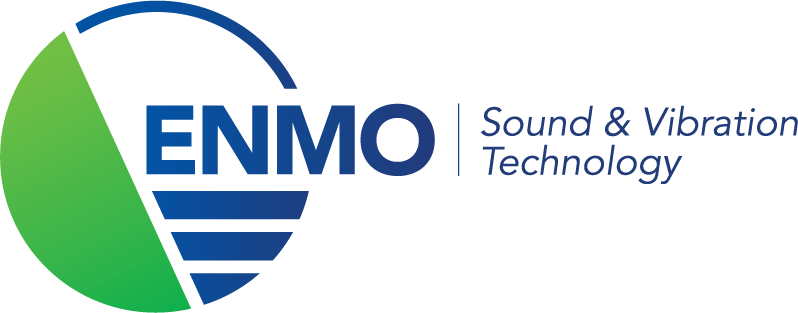Acoustics: sound is everywhere
Noise nuisance is one of the most common form of nuisance experienced in our society. This can be in your own environment, but also within companies it is becoming an increasingly important issue. Legislation in this area is being tightened up, the influence of noise on our health is increasing. Within the EU there is a lot of attention for noise: on the one hand to reduce it, on the other to produce it. For example, consider electric cars. The importance of sound for safety is very clear there.
The Department of Technical Sciences (TS) has been paying a lot of attention to the field of Acoustics for many years. It is therefore not surprising that a number of TS Acoustics employees have given them a solid place in the curriculum. Harrie Linskens, Andre Dommels, Tanja Briels, Frans van Bavel, Roeland van Klinken and Ellen Moerman are the specialists in this field. Three routes can be distinguished for tackling noise problems:
- Reduction of source noise (cars, machines, music installations, etc.)
- Limitation of sound transmission (noise screens, greater distance)
- Protection of recipients (e.g. double glazing in homes)
Acoustics is not an isolated field. It is always connected with other disciplines e.g. with Engineering (machines), electrical engineering (speakers), health (noise in the workplace) and human sciences (psycho-acoustics).
TS works with high-quality sound and vibration equipment and software from Brüel & Kjær in Denmark, a company that is at the forefront of the development and production of high-quality sound measurement and vibration systems. You could say that B&K’s products are the Rolls Royce’s in this area. TS has been working with this company for years. In 1985 the department had already used a frequency analyser from B&K. This device is still used by all TS students to learn how to measure frequencies of a sound signal.
We speak with colleagues from Applied Physics and Bob Gaasbeek of ENMO Sound & Vibration Technology about developments in Acoustics and their importance for our students and society. ENMO is the supplier of Brüel & Kjær equipment and like Mr. Gaasbeek himself says: ENMO equipment can be found at deep depths (think of submarines) and at great heights in space.
These days there is a lot of collaboration between different disciplines and with the professional field. That provides a lot of knowledge. At TS you will find knowledge, the facilities and the equipment. TS offers the complete package of subjects within acoustics: psycho-acoustics, room acoustics, noise control and electro-acoustics are part of this. That makes acoustics within TN unique. It transcends the apparently simple “working with sound”.
All TS students start the second year with an acoustics and vibration project in the field. They take measurements to determine whether the noise level in a company complies with the Working Conditions Act. For this project, we are looking for companies where noise may be an issue. Because the students are already acquainted with sound in the field at the beginning of the training, they also experience what the possibilities are. With sustainable technologies, a lot of trouble is experienced by acoustics (think of heat pumps and wood construction). It is difficult to comply with the legislation here. This may mean that our students have to explain to companies how and in what way they must comply with the legislation.
Acoustics largely comes down to accurate measurement; However, acoustics is an exact subject with a high degree of measurement uncertainty, even if you use the best equipment. ENMO’s high-quality equipment is extremely important to be able to carry out measurements with a certain accuracy. The uncertainty of measurement makes Acoustics a difficult field for students, who nevertheless like to go for certainty. You cannot just take the test results of your measurements as true, you have to be and remain critical about your measurements. That also makes the profession very beautiful and very suitable for the physicist who is and remains critical by nature.
Author: Harrie Linskens
Citation : Trade magazine Geluid, number 1 – March 2020
Read the article “is er nog echt akoestiekonderwijs” (is there still real acoustic education) by Harrie Linskens

 ▽
▽
 English
English
 Français
Français
 Nederlands
Nederlands